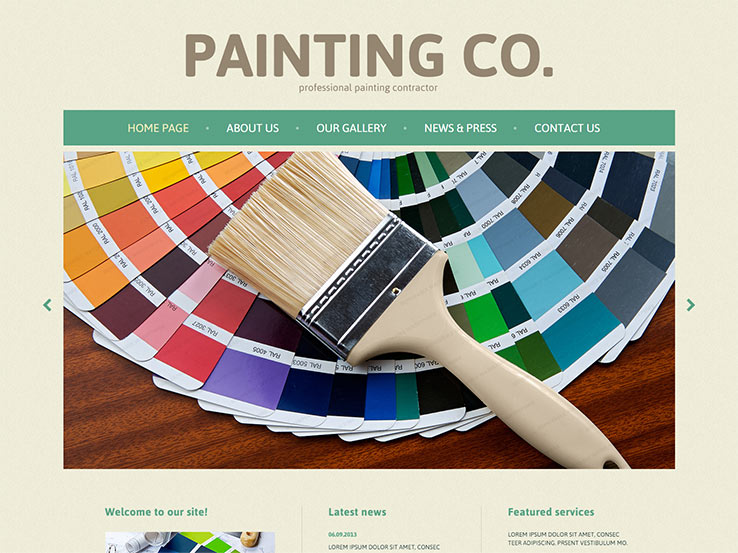Understand Exactly How Seasonal Conditions Impact The Success Of Business External Painting And Find Out The Suitable Periods To Guarantee Resilient End Results For Your Job
Understand Exactly How Seasonal Conditions Impact The Success Of Business External Painting And Find Out The Suitable Periods To Guarantee Resilient End Results For Your Job
Blog Article
Content Created By-McLamb Browne
When you're preparing an industrial exterior painting task, seasonal variables can make or break your results. You'll want to take into consideration how temperature and moisture influence paint application and drying out times. Choosing the ideal season can guarantee your paint sticks properly and lasts longer. However which seasons are absolutely the very best for this kind of work? Allow's check out the crucial elements that can affect your job's success.
The Effect of Temperature on Paint Application
When you're planning a business external painting project, the temperature can considerably impact just how well the paint adheres and dries out.
Preferably, you want to paint when temperatures range in between 50 ° F and 85 ° F. If it's too cool, the paint might not treat appropriately, leading to problems like peeling or breaking.
On the other side, if it's as well warm, the paint can dry out as well quickly, stopping correct adhesion and causing an unequal surface.
You should also think about the time of day; morning or late afternoon provides cooler temperature levels, which can be much more favorable.
Constantly examine the maker's suggestions for the particular paint you're using, as they commonly give advice on the ideal temperature level array for ideal outcomes.
Humidity and Its Effect on Drying Times
Temperature level isn't the only ecological element that affects your business exterior painting project; moisture plays a considerable duty too. relevant internet site can slow down drying times drastically, affecting the total high quality of your paint job.
When the air is filled with wetness, the paint takes longer to heal, which can cause issues like bad adhesion and a higher risk of mold development. If you're painting on a particularly humid day, be prepared for extended wait times between layers.
It's important to monitor regional weather conditions and strategy accordingly. Ideally, go for humidity degrees between 40% and 70% for ideal drying out.
Keeping these consider mind ensures your job remains on track and delivers an enduring finish.
Best Seasons for Commercial Outside Paint Projects
What's the best time of year for your business external paint projects?
Springtime and very early fall are generally your best bets. Throughout these seasons, temperatures are mild, and humidity degrees are commonly reduced, developing suitable problems for paint application and drying.
Prevent summer's intense heat, which can cause paint to dry also rapidly, bring about inadequate adhesion and finish. In a similar way, winter months's cold temperature levels can impede proper drying out and treating, taking the chance of the durability of your paint job.
Aim for days with temperature levels between 50 ° F and 85 ° F for ideal outcomes. Keep in mind to examine the regional weather prediction for rain, as damp conditions can spoil your project.
Planning around these aspects ensures your paint task runs efficiently and lasts longer.
Conclusion
To conclude, planning your commercial external paint tasks around seasonal factors to consider can make a substantial distinction in the outcome. By organizing work during the ideal temperatures and humidity degrees, you'll make certain much better adhesion and drying out times. Bear in mind to keep an eye on local weather forecasts and pick the correct time of year-- spring and very early fall are your best bets. Taking click for more info will aid you achieve a sturdy and specialist surface that lasts.
